Laptops
Buy the best laptop for your needs with our buying guide and reviews for 30 new and 20 discontinued laptop computers.
Laptops are tough to shop for because of the many small variations on each model. Here’s everything you need to know – from the pros and cons of 2-in-1 laptops to how to read technical specs – so you can buy with confidence.
Laptops have a “series” name, such as Inspiron or Envy. The general design within a series tends to be similar, but since everything else varies – speed, size, reliability – we wouldn’t recommend buying solely on the strength of a series name.
Similarly, it’s hard to predict quality based on brand alone. Even top laptop brands release some poor cheap models.
Aside from a few flagship products – namely the Surface and MacBook lines – you’ll struggle to find the exact models that we’ve tested or your friends recommend, so you need to learn how to weigh up your own options.
Design: standard vs 2-in-1 touchscreen laptops
A crucial early decision is if you want a conventional notebook or a hybrid that can function as a tablet. Also known as convertible or 2-in-1 laptops, hybrids have touchscreens and are smaller and thinner. Their keyboards can be folded back or detached entirely, transforming the “screen” into a standalone tablet.
You should also decide on an approximate screen size. Do you mostly use your laptop for web browsing and want it to fit in carry-on luggage? You probably want a screen size of less than 13 inches. Look for larger if you’ll be watching a lot of video or playing immersive games, or your sight isn’t so good.
Clamshell (standard)
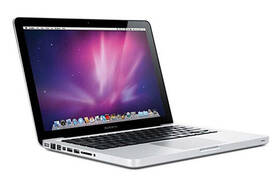
- Larger screen sizes
- Space for more ports
- More spacious keyboards
- Cheap
- Screen only opens to a fixed point
- Most don’t have touchscreens
- Bulkier, and often heavier
Fold-back (convertible laptop)
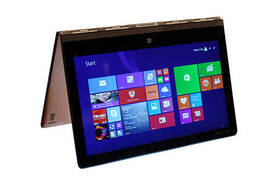
- Lighter than clamshells
- Ports can still be used in tablet mode
- Folded keyboard can be used as a display stand
- Keyboard can be disabled in tablet mode
- Not very stable on uneven surfaces
- Often don’t come with a stylus
Detachable (convertible laptop)

- Screen can be detached and used as a tablet
- Lightweight (especially when detached)
- Often come with a stylus for drawing or handwriting
- Most ports can’t be accessed in tablet mode
- Not very stable on uneven surfaces
- Often top-heavy (the screen’s heavier than the keyboard)
Budget: how cheap can you go?
Laptops can cost a pretty penny. Before you drop $5000 on a MacBook Pro, think about how often you’ll use your laptop and for which tasks.
If you’re a light user, only browsing the web and using simple apps like word processors, look for cheap laptops. You don’t need to spend more than $1200 for a good budget laptop.
A computer that will get sustained use, or run games or other intensive apps, is worth spending up to $2000.
Think carefully about spending more than $2500. It might be worth it if you’re interested in the best gaming or video editing laptop, for instance.
Performance: get the best laptop you can afford
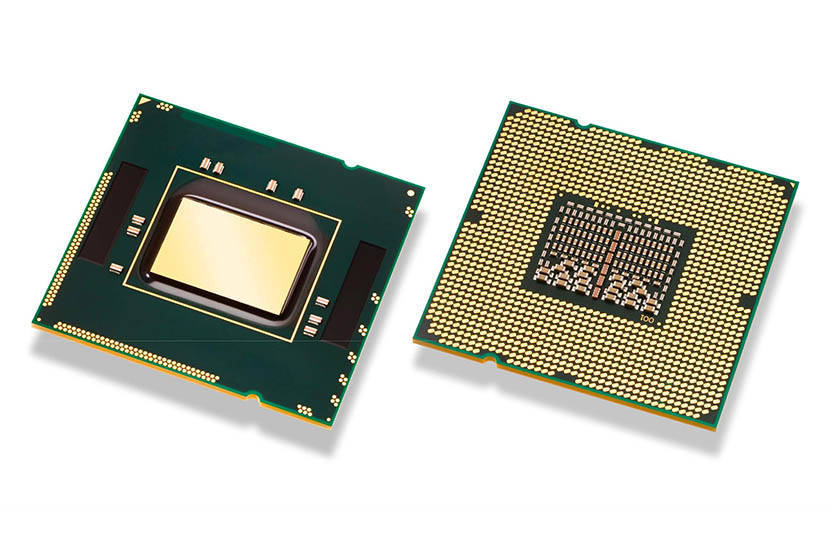
Once you’ve worked out the basics and how much to spend, you want to maximise the speed and power of your notebook.
Even if you’re not looking for the best gaming laptop or a laptop for video editing, performance is important because computers slow as they age. If you opt for the bare minimum, your laptop will soon be unbearably slow.
That means it’s time to dive into technical specifications, but don’t panic – there are only three main things to keep track of.
CPU (central processing unit)
The CPU, often called the “processor”, is fundamental to any computer. It’s the part that actually performs the tasks that make up programs, so CPU speed has a very close relationship with overall computer speed.
Intel and AMD are the two major brands of CPU. Understanding their naming conventions takes some practice, but it goes a long way to choosing a good laptop. The best rule of thumb is that, within the same brand, higher numbers are better.

Intel
-
Intel Core is the most popular family of CPU. It features, from slowest to fastest, the lines Core 3, Core 5, Core 7 and Core 9. This is a slight rebrand – you may recall terms like i5 and i7, but the “i” was dropped in 2023.
- Next comes the generation number. The current generation is 2nd, after the 2023 reset. Laptops with CPUs using the old naming convention are still on the market – the latest generation before the reset was 14th, so a code like 14700 still indicates a quality processor.
- After that are 2-3 SKU digits which you can ignore, and sometimes a letter suffix. You don’t need to learn what they mean, but they can be helpful – for example, “U” stands for ultra-low power, indicating better energy efficiency.
Intel also produces processors that sit below the Core family and are associated with budget laptops and mid-level hybrids. These are simply branded with an “N” or “U” prefix followed by a numeric code – for example, Intel N200.
AMD
-
Ryzen is AMD’s most popular CPU family. It competes closely with Intel Core and follows near-identical naming patterns. Ryzen 5/7/9 are directly comparable to Core 5/7/9. The exception is the Ryzen 3 series, which tends to be cheaper and slower than Core 3.
- Ryzen debuted in 2017, so we’re up to the 9th generation.
- The three SKU digits after the generation number are more important than for Intel – again, higher is better.
- Ryzen debuted in 2017, so we’re up to the 9th generation.
Arm
MacBook laptops use Apple’s own proprietary processors which are equivalent to the best Intel Core and AMD Ryzen processors.
They’re built on an architecture called Arm which has historically been used for mobile devices like phones and tablets due to its excellent battery efficiency.
In 2024, Windows PCs using Arm-based Snapdragon processors began to appear. This shift is backed by Microsoft itself, so we expect Arm-based PCs to grow in popularity.
RAM (random access memory)
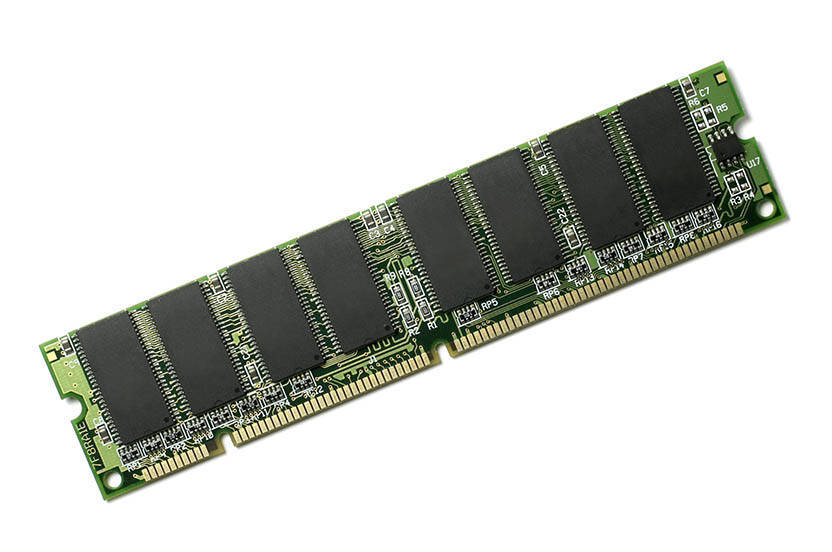
Data stored in this kind of memory is lost when the computer shuts down, so it’s useless for storing files. Instead, RAM usually works in tandem with the CPU to store instructions between tasks. All you need to know is that more RAM lets you get more out of your CPU, especially when running multiple programs at once.
For light users, 4GB of RAM is enough. A chronic multi-tasker with lots of open browser tabs might be better off with 8GB. If you do processor-intensive work, such as graphic design or gaming, you could consider 16GB of RAM.
Storage
You can get by with a hard drive as small as 32GB if you use cloud storage, such as iCloud or Google Drive, or run a lightweight operating system like ChromeOS or Ubuntu. Otherwise, we’d advise investing in 128GB or more, to avoid future regret.
Cloud storage
The safest way to store your files, cloud storage services house your data online. They’re only accessible via the internet, but mean your data is automatically backed up. However, you can’t totally replace your laptop’s internal storage, as its operating system still needs to be housed on-board.
While any laptop can use cloud storage, Chromebooks are designed for it. Because their ChromeOS operating system is lightweight, they need very little internal storage. If you’re on a tight budget, a Chromebook is a good choice – prices start at just $300.

How to choose the best laptop or tablet for school
Our advice on buying a BYOD (bring your own device) computer for your child – whether they’re at primary, intermediate or high school.
Other features to consider
Battery life
Larger laptops usually have larger batteries, but their wider screens also use more power. Faster CPUs use more battery as well. Expect a battery to last for 4-10 hours, though heavy usage at full screen brightness will cut that in half.
Graphics cards
Many laptops don’t have a separate graphics card (GPU). Instead, the CPU handles graphical tasks on top of its regular processing. Tasks that require processing power and complex visuals at the same time, such as gaming and video editing, run slower with shared graphics.
Operating system (OS)
Microsoft Windows is the most common operating system. Apple MacBooks run their own system called macOS.
Google’s ChromeOS has gained popularity, especially among students and young people, to take second place from macOS. As it’s cloud-based, computers running ChromeOS (called Chromebooks) can be lighter and cheaper because they don’t need a powerful processor or large storage drive.
There are no bad operating systems, so we recommend sticking with what you know unless you have a reason to change.
USB ports
Along with standard USB ports, newer laptops are likely to use smaller USB-C connections, which allow for a thinner laptop. USB-C is also reversible, so you can insert plugs either way up.
The speed of a port depends on its generation. New computers will have ports running USB4. Older ports could still run the significantly slower USB 2.0.
Keyboard
Before buying a laptop, try out its keyboard as they can vary in size and feel. Make sure the keys aren’t too close together and it’s not awkward for you to use.
Due to size restrictions, laptop keyboards sometimes lack the numeric keypad on the right. If you need one, it pays to check.
Touchpad
Check you’re comfortable with the size and location of the touchpad. Some have physical keys for left and right mouse clicks. If you don’t like using a touchpad, you can still connect a mouse.
DVD drive
An optical (DVD) drive takes up a lot of valuable real estate inside the body, so they’re now very rare. If you need to play DVDs or CDs, it’s easiest to spend $50 on an external plug-in drive.
Hinge
Check the quality of the hinge, especially for fold-back hybrids. Repeated opening and closing can cause structural faults, with plastic hinges being less durable than metal ones.
For detachable hybrids, check how the keyboard attachment works – will you be able to accidentally bend or break it?
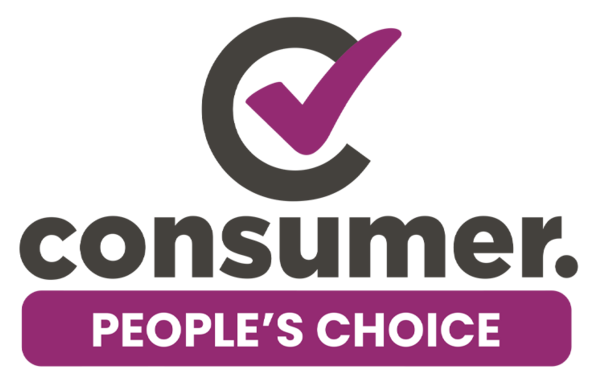
People's Choice
Our People's Choice awards are granted to brands that consistently rate above average for customer satisfaction and meet out other performance criteria. Become a member and see which brands have earned a People’s Choice award.
Try before you buy
While our test results can steer you in the right direction, and this guide gets you closer to a decision, minor design details can change your new laptop from a proud purchase to a big regret.
Before buying, try out a few laptops in-store.
Feel how easy it is to pick up and carry, open and close (and fold/detach, if it’s a 2-in-1).
Consider its size and weight. Is it easy to carry? Would it fit in your backpack?
Test if it’s comfortable to use. How well does it balance on your lap?
The best laptop brands for reliability
We ask thousands of Consumer members about their products to find out which brands are most reliable and satisfying to own. The results are available to members and Digital Pass holders.
We've tested 57 laptops.
Find the right one for you.
Acer
.jpg&w=315&q=75)
Acer
.jpg&w=315&q=75)
Acer
.jpg&w=315&q=75)